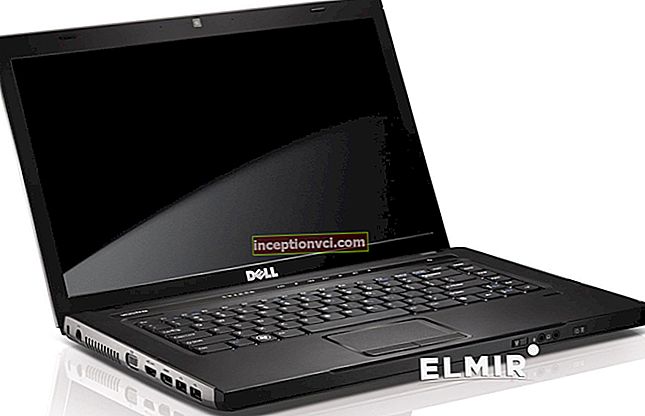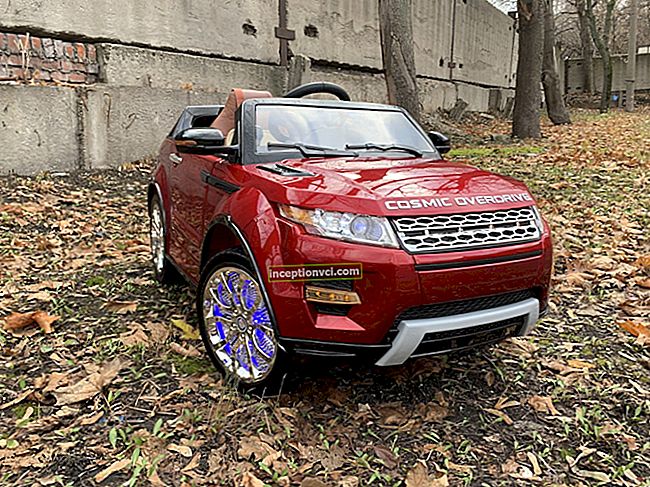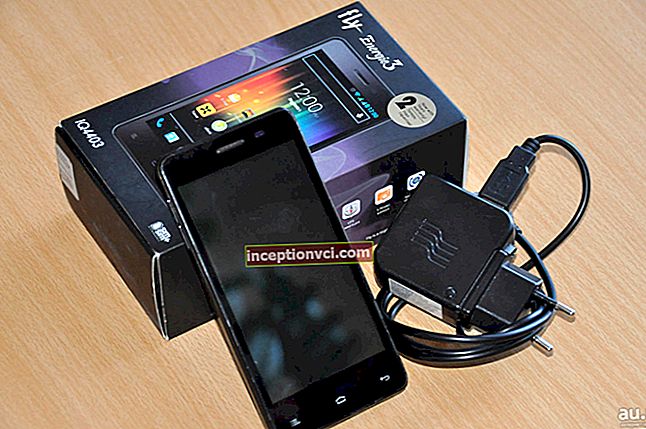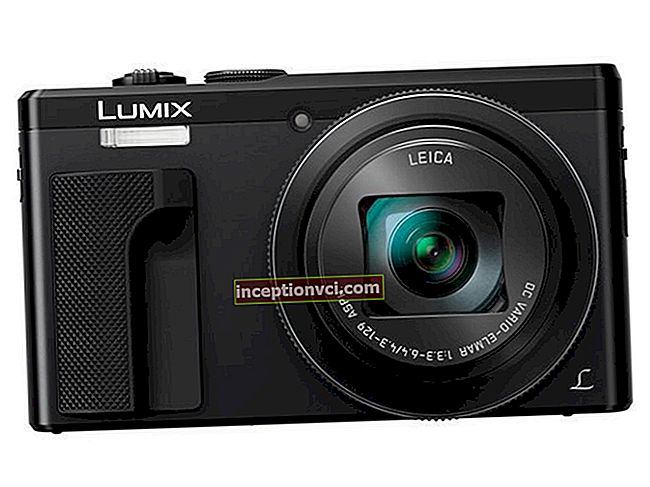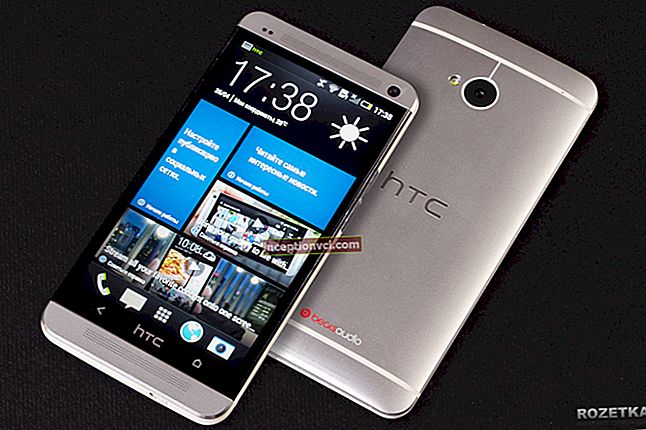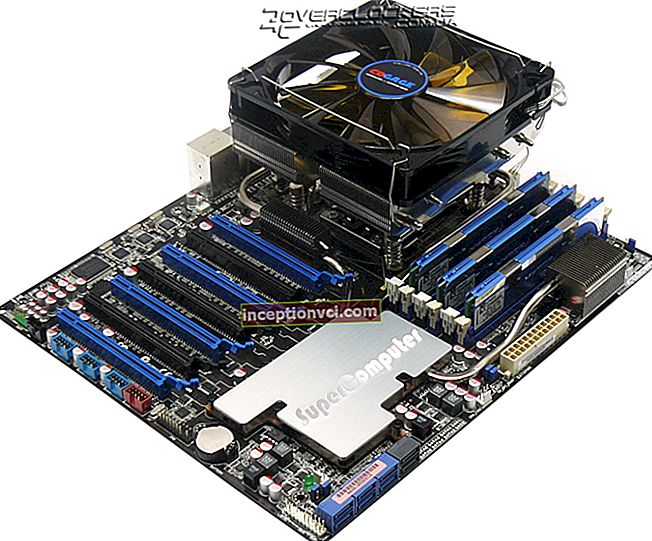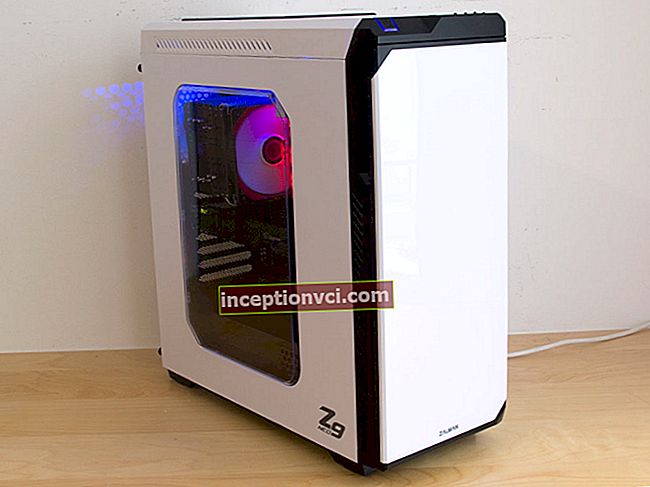Nikon Coolpix P7000 at a glance
With the Coolpix P7000, Nikon returns to the battle to dominate the enthusiast-focused premium compact digital camera.
The Nikon P7000 has a completely new design both externally and internally, boasting a 10.1 megapixel CCD image sensor, and the reduction in the number of active pixels has been beneficial in terms of improving noise performance. The sensor receives light output through a 7.1x zoom lens with a focal length equivalent to 28 to 200mm for a 35mm camera. Maximum aperture ranges from f / 2.8 at wide angle to 5.6 at maximum zoom.
The Coolpix P7000 incorporates Nikon's EXPEED C2 image processor, which can operate from an ISO range of 100 to 6400 equivalent at full resolution. It also features 720p HD video capture, burst rates up to 1.3fps, and commissioning in just 0.9 seconds.
On the back of the Nikon P7000 is an optical viewfinder and a 3.0-inch 921,000-dot LCD screen. The camera also includes full manual shooting capability, a hot shoe for an external flash, and of course its own flash.
Nikon P7000 stores data on SD memory cards, including SDXC type, either in compressed JPEG format or in native NRW format. For viewing images and movies on high definition displays, includes an HDMI output for high definition video. The P7000 is powered by its own EN-EL14 lithium-ion battery. The battery capacity allows you to take about 350 shots.
Nikon Coolpix P7000 User Review
Finally, we are witnessing the emergence of high quality digital cameras on the market, the Nikon P7000 and its direct competitor, the Canon G11, with the same sensor size, shape and thickness, and a zoom lens. A well-set target is easier to hit, and the Nikon P7000 seems to do the trick, taking advantage of all that makes the G11 popular, adding a few interesting features.
Appearance and design
Designed to look like a rangefinder of yesteryear, the Nikon P7000 has an optical viewfinder and a non-interchangeable zoom lens that folded down makes the design pretty flat, able to hide in a jacket pocket or purse, but a little too big for trousers. Canon G11, but it feels good in hand, mainly due to its metal body.

When viewed from the front, we see an infrared port, next to it is a microphone hole. Above is the autofocus lamp. A metal ring surrounds the lens, which is removed before attaching the attachments.

The coverage angle is small, but sufficient. The power button is flush with the body, and a semi-transparent ring around it lights up when the camera is on.
We especially liked that exposure compensation is adjustable with a thumb, and the large, crisp numbers are easy to see, making adjustments quick and accurate. The mode dial is easier to rotate with your thumb and forefinger. The Nikon P7000 also features three user-programmable setting modes, labeled U1, U2 and U3. Instead of hard metal lugs that have a strap embedded in them, the Nikon P7000 uses smaller lugs with D-rings that can make sounds that can get in the way when filming. Notice how the LCD is protruding from the back.

In this rear view, you can see the rest of the Nikon P7000 controls. A small button with flash and Pac-Man symbols mechanically unlocks the lifting small flash. The camera has a new speed dial menu. Simply turn the dial to select the desired function and press the center of the joystick to bring up the OSD menu. This way you can adjust the image quality, ISO sensitivity, white balance and bracketing.
Moving down the right side, we find the command dial, AE / AF lock button with a nice rubber finger pad between them. The AE / AF button is angled so that it is difficult to accidentally hit it, but it is very convenient to use.
Sensor
Inside the Nikon P7000 is a 10.1-megapixel 1 / 1.7-inch CCD image sensor. Fewer pixels can improve noise performance, especially in low light conditions. The maximum image resolution is 3648 x 2736 pixels.

As you can see in the above table, the Canon G11 sensor.

Lens
The Nikon P7000 is armed with a 7.1x optically stabilized zoom lens. The focal length range is 6.0 to 42.6mm, which corresponds to a range of 28 to 200mm for a 35mm camera. Maximum aperture ranges from f / 2.8 at wide angle to 5.6 in telephoto. Despite the additional widening of the angles, quality has improved over the P6000, which ranged from f / 2.7 at wide-angle at 4x zoom to a rather dim f / 7.7 in telephoto.
 The Nikon P7000 lens has the Nikkor ED brand, which means that the lens design includes ultra-low dispersion lenses. In addition, it also contains a built-in ND filter, just like the competition. Macro focusing is available from 2cm. For photographers who need to further increase the width of the corner, the E75A wide converter is available. It can be attached to the Nikon P7000 via the UR-E22 adapter ring, and this combination yields a decent 21mm equivalent.
The Nikon P7000 lens has the Nikkor ED brand, which means that the lens design includes ultra-low dispersion lenses. In addition, it also contains a built-in ND filter, just like the competition. Macro focusing is available from 2cm. For photographers who need to further increase the width of the corner, the E75A wide converter is available. It can be attached to the Nikon P7000 via the UR-E22 adapter ring, and this combination yields a decent 21mm equivalent.
Basic comparison
One of the more unusual features of the Nikon P7000 is its Zoom memory function, allowing you to store multiple specific focal lengths for quick recall. It can be very useful for photographers, making it possible to maintain their shooting style when switching between compact and DSLR cameras.
Vibration suppression
The P7000 has a stabilization system known as "5-position VR". It has the aforementioned optical image stabilization, in which the movable elements by reversing movement in the camera lens reduce blur. The system also includes a software anti-blur feature that attempts to detect the effect of camera shake in the captured image and then mathematically correct it. The other three parts of the "5-way VR" motion detection complex allow you to automatically increase the ISO sensitivity (and therefore the shutter speed and noise level). The Best Shot Selector function automatically captures up to ten consecutive shots at the time the shutter button is pressed, and then deletes everything, leaving the best shot.
CPU
The signal at the output from the matrix is processed by EXPEED C2-proprietary image processor. The "C" designation indicates that this is a variant of the Coolpix EXPEED processor. EXPEED C2 processor allows you to expand the ISO sensitivity range from 100 to 3200 in full resolution. In the Nikon P7000, in "Low-Noise Night Mode" which uses a pixel binning method, this range can be further extended to ISO 12800, albeit at a lower resolution of 3 megapixels. When using the Auto ISO function, the sensitivity is selected between 100 and 800 and can be limited to a maximum of ISO 400 if desired. The Nikon P7000 also includes a noise reduction filter function that works in low light conditions.
The EXPEED C2 also helps improve speed in every way over its predecessor. Full-resolution continuous shooting is possible at up to 1.3fps, with a maximum of 45fps - much more than the P6000's 0.84fps and just six frames. The Nikon P7000 has a start-up time of just 0.9 seconds versus three seconds for the P6000. The shutter lag is sounded at about 0.31 seconds.
The EXPEED C2 processor in the Nikon P7000 can also record 720p HD video.
Viewfinder
Despite the status of a compact camera, the P7000 boasts not only an LCD display, but also a full optical viewfinder with diopter adjustment. With removable optics, lenses certainly suffer from a degree of parallax when shooting nearby subjects, but when working at a distance or when framing accuracy isn't critical, the optical viewfinder not only offers battery savings, but also makes it easy to get a shot when the LCD can be difficult to see due to ambient light.
A 3-inch LCD with a resolution of 921,000 dots, which is roughly a 640 x 480 pixel array with red, green and blue dots per pixel. The screen has anti-reflective coating and wide viewing angles.
Exposure modes
As you would expect from a camera aimed at enthusiast photographers, the Nikon P7000 includes shutter priority, aperture priority and manual exposure programs. There is also a rich selection of eighteen scene programs, as well as an automatic scene selection mode that can choose from a subset of them. Like almost all compact cameras, the Nikon P7000 relies on a contrast detection autofocus system. The camera includes face tracking and detection (known as face-priority extended AF) that can simultaneously distinguish up to twelve faces in a scene and then take their positions into account when determining focus and exposure.
Autofocus
Face detection AF is part of Nikon's smart portrait system, adjacent to other face detection related to red-eye reduction, skin softening, a smile timer function that only locks an image when your subject smiles, and a blink prevention function that provides you know if the eyes of the people you are filming were not open.

Flash
The Nikon P7000 includes both a built-in pop-up flash and a hot shoe for an external device. The camera uses I-TTL metering.
Bracketing
The camera has a wide range of bracketing features to help photographers capture the perfect shot. It includes not only AE bracketing (three or five shots in 0.3, 0.7, or 1.0 EV steps), but also ISO bracketing, which allows you to lock shutter speed and aperture and vary ISO sensitivity. The Nikon P7000 can also apply different white balance values, storing three, five, or seven images with 1, 2, 3, 5, 10, or 15 shifts between shots.

Horizon indicator
Another feature that is clearly aimed at enthusiasts hoping to get the best shots with the Nikon P7000 camera is the virtual horizon indicator. It works with both portrait and landscape camera orientations.

Tone levels
The Tone Level Display function not only provides a histogram to estimate the dynamic range of an image, but it also flashes the areas in the image where overexposure caused the overexposure.
Video
As mentioned earlier, the Nikon P7000 allows you to shoot high definition video, thanks to the EXPEED C2 image processor. The camera allows you to make videos with a resolution of up to 720p (1280 x 720 pixels, progressive scan) at 24 frames per second. The video will be saved using H.264 compression, in MOV format, and includes stereo audio captured using the Nikon P7000's internal stereo microphone or using an external microphone connected via a dedicated stereo jack. Audio is recorded in 16-bit, 48 kHz AAC format, with an average bit rate of 28Kbps.

Data storage and battery
Nikon P7000 stores data on SD cards, including SDXC type. Photos are saved in compressed JPEG or NRW format as they are, with the ability to process frames on Windows and Macintosh platforms using the supplied software ViewNX 2, or Capture NX 2 software packages.
The Nikon P7000 is powered by its own EN-EL14 lithium-ion battery. The battery allows you to shoot about 350 shots per charge.
Connections
For viewing images and videos on high-definition displays, the Nikon P7000 features HDMI high-definition video output, plus a standard AV / USB output port and a stereo microphone jack. As mentioned, there is also an infrared port that is compatible with existing wireless remote controls.
Conclusion
The market for multifunctional compact digital cameras with fixed lenses has been busy for a few years now, and a large number of manufacturers are offering flagship models with top-notch image quality and many manual adjustments. With the advent of truly affordable digital SLRs, the market has become somewhat deserted, and Nikon is one of the few manufacturers still making compacts aimed at enthusiastic photographers. The latest such model, the COOLPIX P6000, has been met with some controversy. It has a sturdy, magnesium body, full manual control, a stabilized 4x zoom lens, and relatively unusual features such as built-in GPS and Ethernet connectivity. Unfortunately, the combination of mediocre image quality and general sluggishness made the P6000 unpopular compared to its rivals, the Panasonic LX3 / LX5 and Canon G11.
The Nikon Coolpix P7000 addresses these issues by featuring a completely new design inside and out. One glance at its angular body is enough to realize that this is a camera aimed at the connoisseurs - the front, the top, and the rear panel are replete with controls. They may take some time to master, but once you become familiar with the camera, the speed will increase dramatically. On the whole, the device fits perfectly in the hand, all the elements are well readable and comfortable to use.
Compared to the Canon G11, the Nikon P7000 lacks a tilting screen, but it does have a larger zoom and a few unique features that the G11 lacks. Although the Nikon P7000 is larger than the Panasonic LX5, it also has a built-in optical viewfinder, and its 7x zoom is significantly larger than the LX5's 3.8. All three of these cameras have similar 10-megapixel sensors, with the promise of lower noise in low light.
